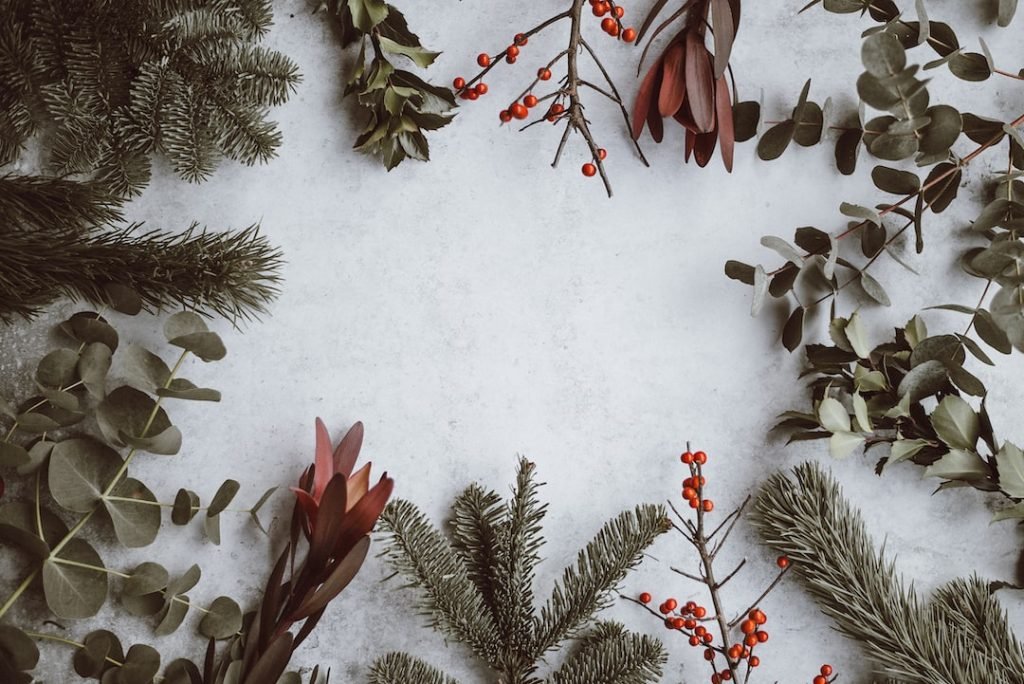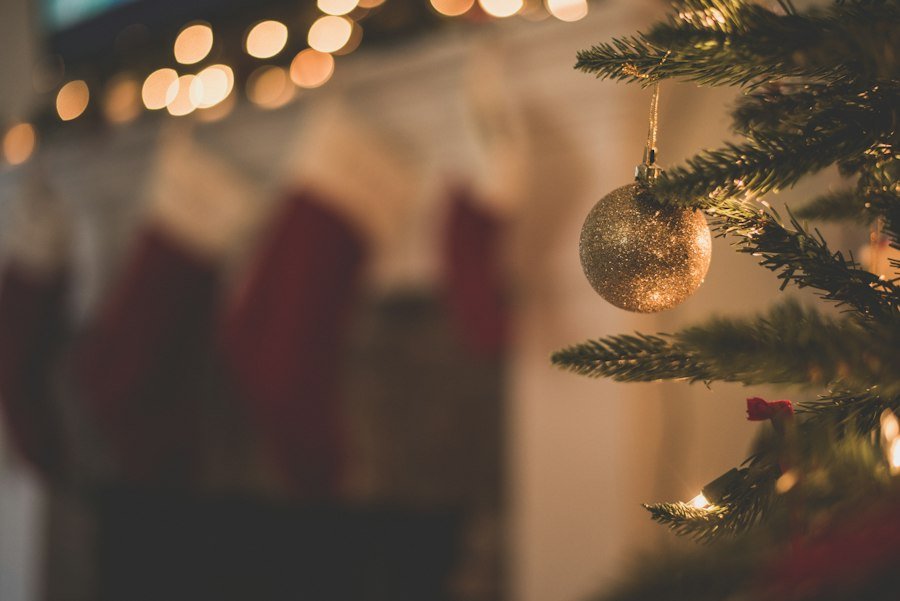

A Guide to Norwegian Holidays: 15 Festive Phrases
Norwegian holidays hold a significant place in the country’s culture and traditions. These holidays are not only a time for celebration and relaxation but also an opportunity for Norwegians to connect with their heritage and express their gratitude. From Christmas to Constitution Day, each holiday has its own unique customs and traditions that are deeply rooted in Norwegian history. Understanding these holidays and the festive phrases associated with them is key to fully immersing oneself in Norwegian culture.
Table of Contents
ToggleKey Takeaways
- Norwegian holidays are an important part of the country’s culture and traditions.
- Festive phrases play a significant role in Norwegian culture and are used to express gratitude and well wishes.
- Common Norwegian holidays include Christmas, Easter, and Constitution Day, each with their own unique traditions.
- When greeting someone on a Norwegian holiday, it is customary to use phrases such as “God jul” (Merry Christmas) or “Gratulerer med dagen” (Congratulations on the day).
- Norwegian food and drink traditions during the holidays include dishes such as lutefisk and aquavit, and singing and dancing are also common activities.
- Gift giving and receiving is an important part of Norwegian culture, with traditions such as “julebukk” (Christmas goat) and “nisse” (Christmas gnome).
- Traveling to Norway during the holidays can be a magical experience, with festive markets and decorations throughout the country.
- To learn more about Norwegian holidays and festive phrases, there are many resources available, including language courses and cultural events.
The Importance of Festive Phrases in Norwegian Culture
Festive phrases play a crucial role in Norwegian culture, especially during holidays. They are used to express well wishes, gratitude, and joy. Norwegians take great pride in their language and use festive phrases as a way to connect with others and show their appreciation. Some common festive phrases in Norwegian include “God jul” (Merry Christmas), “God påske” (Happy Easter), and “Gratulerer med dagen” (Happy Birthday). These phrases are not only used in verbal communication but are also written on greeting cards and exchanged during holiday gatherings.
Common Norwegian Holidays and their Traditions
Norway celebrates a variety of holidays throughout the year, each with its own unique traditions. Christmas, or “Jul,” is perhaps the most important holiday in Norway. It is a time for families to come together, exchange gifts, and enjoy traditional foods such as lutefisk and pinnekjøtt. Another significant holiday is Constitution Day, or “17. mai,” which commemorates the signing of Norway’s constitution in 1814. On this day, Norwegians dress in traditional attire, participate in parades, and indulge in delicious treats like hot dogs and ice cream.
Other notable holidays include Easter, or “Påske,” which is celebrated with egg painting, skiing trips, and the consumption of “påskeøl” (Easter beer). Midsummer’s Eve, or “Sankthansaften,” is a celebration of the summer solstice and is marked by bonfires, singing, and dancing. These holidays and their associated traditions are deeply ingrained in Norwegian culture and are eagerly anticipated by both young and old.
How to Greet Someone on a Norwegian Holiday
When greeting someone on a Norwegian holiday, it is customary to use festive phrases that reflect the occasion. For example, on Christmas, you can greet someone by saying “God jul” or “God juletid” (Merry Christmas season). On Constitution Day, you can say “Gratulerer med dagen” (Congratulations on the day) or simply “Gratulerer” (Congratulations). It is also common to shake hands or give a warm hug when greeting someone on a holiday.
Expressing Gratitude and Well Wishes in Norwegian
Expressing gratitude and well wishes is an important part of Norwegian holiday traditions. When someone gives you a gift or does something kind for you, it is customary to say “Tusen takk” (Thank you very much) or simply “Takk” (Thank you). To wish someone well, you can say “Ha en god jul” (Have a good Christmas), “God påske” (Happy Easter), or “Gratulerer med dagen” (Happy Birthday). These expressions of gratitude and well wishes are not only polite but also help foster a sense of community and goodwill during the holidays.
Norwegian Food and Drink Traditions During the Holidays

Norwegian cuisine plays a central role in holiday celebrations. Traditional dishes are prepared with care and enjoyed by family and friends. During Christmas, Norwegians indulge in dishes such as lutefisk (dried fish soaked in lye), pinnekjøtt (salted and dried lamb ribs), and rakfisk (fermented fish). These dishes are often accompanied by traditional sides like boiled potatoes, sauerkraut, and lingonberry sauce.
In addition to food, Norwegians also have a fondness for traditional holiday drinks. Gløgg, a spiced mulled wine, is a popular choice during Christmas. Aquavit, a strong distilled spirit flavored with herbs and spices, is often enjoyed during festive gatherings. These food and drink traditions add to the festive atmosphere and create a sense of warmth and togetherness during the holidays.
Singing and Dancing on Norwegian Holidays
Music and dance are integral parts of Norwegian holiday celebrations. Traditional songs are sung during gatherings and events, adding to the joyful atmosphere. One popular song is “Deilig er jorden” (Beautiful is the Earth), which is often sung during Christmas. Norwegians also have traditional dances that are performed during holidays such as Midsummer’s Eve. The most famous of these dances is the “Bunad” dance, which involves couples dancing in a circle while wearing traditional Norwegian attire.
Gift Giving and Receiving in Norwegian Culture
Gift giving and receiving hold great importance in Norwegian culture, especially during holidays. When giving a gift, it is customary to present it with both hands and to express your well wishes for the recipient. It is also common to open gifts in front of the giver as a sign of appreciation. When receiving a gift, it is polite to express gratitude by saying “Tusen takk” (Thank you very much) or “Det var veldig snilt av deg” (That was very kind of you). Gift-giving customs vary depending on the holiday, but the act of giving and receiving gifts is always cherished in Norwegian culture.
Traveling to Norway for the Holidays: What to Expect
If you are planning to visit Norway during the holidays, there are a few things you should expect. Firstly, the weather can be quite cold, especially in the northern parts of the country. It is important to pack warm clothing and be prepared for snow and icy conditions. Secondly, transportation may be limited during certain holidays, so it is advisable to plan your travel accordingly. Lastly, be prepared to experience the rich traditions and customs associated with Norwegian holidays. From festive decorations to traditional foods and activities, Norway truly comes alive during the holiday season.
Learning More About Norwegian Holidays and Festive Phrases
If you are interested in learning more about Norwegian holidays and festive phrases, there are several resources available. Books such as “Norwegian Christmas: Traditions, Recipes, and Customs” by Astrid Karlsen Scott and “Norwegian Holiday Cookbook: Festive Norwegian Recipes” by Astrid Karlsen Scott and Annette Wolter are great starting points. Online resources such as Visit Norway’s website and the Norwegian Language Council’s website also provide valuable information on Norwegian holidays and language.
In conclusion, Norwegian holidays are a time for celebration, tradition, and connection. Understanding the significance of these holidays and the festive phrases associated with them is key to fully immersing oneself in Norwegian culture. Whether it’s greeting someone with a warm “God jul” or indulging in traditional holiday foods like lutefisk, Norwegian holidays offer a unique opportunity to experience the rich heritage of this beautiful country. So why not explore Norwegian holidays and culture further? You may just discover a new appreciation for this fascinating Scandinavian nation.
If you want to learn Norwegian, you can register for classes here. We look forward to hearing from you and helping you become fluent in Norwegian.





